Although NASA’s Kepler space telescope is no longer functioning, astronomers examining the data it provided say they now have enough information to answer its main research question: How many of the 200 billion stars in our galaxy have habitable planets?
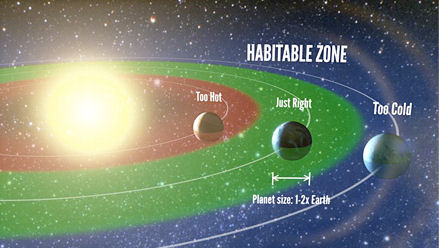
To sort these candidates out, the astronomers used the Keck telescopes in Hawaii to obtain spectra of as many stars as possible. This helps determine each star’s true brightness and calculate the diameter of each transiting planet.
The team, from the University of California, Berkeley, and University of Hawaii, focused on the 42,000 stars that are like our Sun or slightly cooler and smaller, and found 603 candidate planets orbiting them. Only 10 of these were Earth-size, that is, one to two times the diameter of Earth and orbiting their star at a distance where they are heated to lukewarm temperatures suitable for life. The team’s definition of habitable is that a planet receives between four times and one-quarter the amount of light that Earth receives from the Sun.

The results, appearing in the Proceedings of the National Academy of Sciences, suggest that one in five stars like the Sun have planets about the size of Earth and a surface temperature conducive to life. And given that about 20 percent of stars are sun-like, the scientists add, that amounts to several tens of billions of potentially habitable, Earth-size planets in the Milky Way Galaxy.
“When you look up at the thousands of stars in the night sky, the nearest sun-like star with an Earth-size planet in its habitable zone is probably only 12 light years away and can be seen with the naked eye. That is amazing,” said UC Berkeley’s Erik Petigura, who led the analysis of the Kepler data.
The discovery is important, as future NASA missions aim to take an actual picture of an exoplanet, and how close the nearest Earth-size planets are is a critical factor in achieving that.
What distinguishes the new findings from previous analyses of Kepler data is that the planet-finding algorithms were subjected to a battery of tests in order to measure how many habitable zone, Earth-size planets were missed. Petigura introduced fake planets into the Kepler data in order to determine which ones his software could detect and which it couldn’t.
Accounting for missed planets, as well as the fact that only a small fraction of planets are oriented so that they cross in front of their host star as seen from Earth, allowed the team to estimate that 22 percent of all Sun-like stars in the galaxy have Earth-size planets in their habitable zones.
All of the potentially habitable planets found in the team’s survey are around K-type stars, which are cooler and slightly smaller than the Sun, Petigura said. But the researchers’ analysis shows that the result for K stars can be extrapolated to G stars like the Sun. Had Kepler survived, it would have obtained enough data to directly detect a handful of Earth-size planets in the habitable zones of G-type stars.
“If the stars in the Kepler field are representative of stars in the solar neighbourhood… then the nearest [Earth-size] planet is expected to orbit a star that is less than 12 light-years from Earth and can be seen by the unaided eye,” the researchers wrote in their paper. “Future instrumentation to image and take spectra of these need only observe a few dozen nearby stars to detect a sample of Earth-size planets residing in the habitable zones of their host stars.”
Related:
Discuss this article in our forum
Earth-like planets may be closer than previously thought
Exoplanet has its clouds mapped
First discovery of extraterrestrial life will likely be around a white dwarf star, say astrophysicists
New technique for finding distant planets makes its first discovery


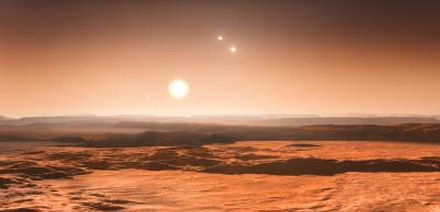

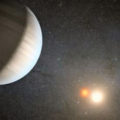
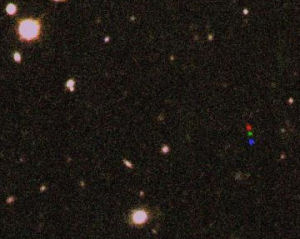
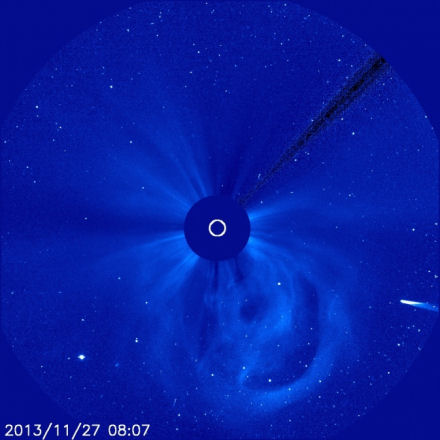

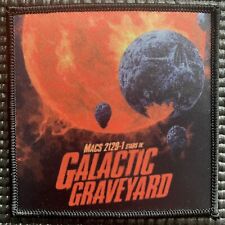
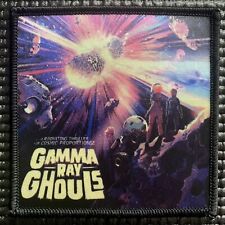
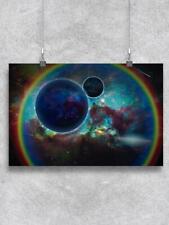
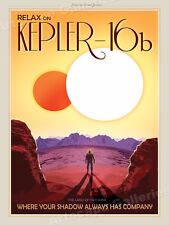
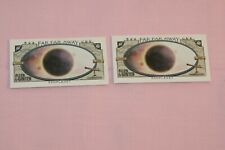
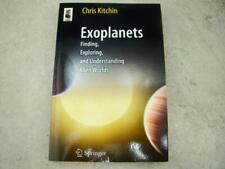
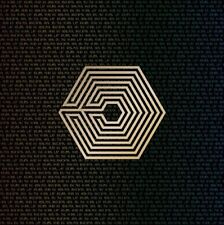

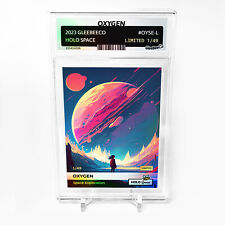
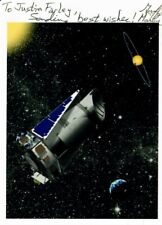
Comments are closed.